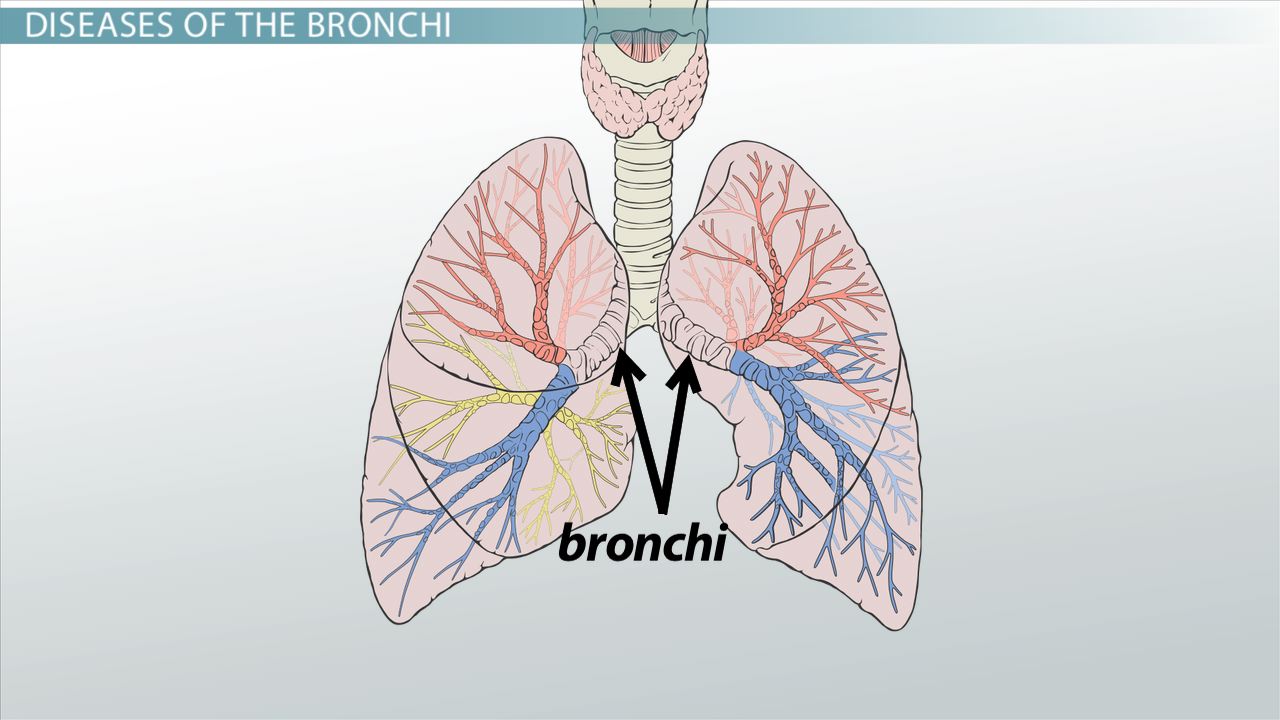
Ever wonder how air gets from your nose to your lungs? It's a complex and fascinating journey through a network of tubes called the airways, essential for every breath you take. These airways, also known as the respiratory tract, are much more than simple passageways. They are meticulously designed to filter, warm, and moisten the air, ensuring that your lungs receive the oxygen they need to function.
The journey begins with the trachea, commonly known as the windpipe. This sturdy tube, reinforced with cartilage rings, serves as the main trunk of the airway system. Air flows down the trachea, which branches into two smaller tubes – the bronchi – one leading to each lung. These bronchi then further divide into smaller and smaller bronchioles, creating a complex network resembling an inverted tree.
The intricate structure of the bronchial tree is crucial for efficient gas exchange. The progressively smaller bronchioles ultimately lead to tiny air sacs called alveoli. Here, oxygen from the inhaled air passes into the bloodstream, while carbon dioxide, a waste product of metabolism, is transferred from the blood to the air to be exhaled.
The history of understanding these airways stretches back centuries, from ancient Greek physicians observing the trachea to the later development of bronchoscopy, a technique for visualizing the airways directly. Today, we have a much deeper understanding of the airways' role in respiration and the various factors that can affect their health.
The health of your airways is paramount. Conditions like asthma and bronchitis can significantly impact airflow, making breathing difficult. Environmental factors like air pollution and smoking can also damage the delicate lining of the airways, increasing the risk of respiratory problems. Understanding how your airways work and how to protect them is crucial for maintaining overall health and well-being.
The bronchi are lined with cilia, tiny hair-like structures that constantly sweep mucus and trapped particles upwards, preventing them from reaching the lungs. This mucociliary clearance is a vital defense mechanism against infection and irritation.
Three key benefits of healthy airways are efficient gas exchange, protection from infection, and optimal respiratory function. Efficient gas exchange ensures that your body receives adequate oxygen and removes carbon dioxide effectively. The protective mechanisms of the airways, including cilia and mucus, shield your lungs from harmful particles and pathogens. And finally, healthy airways contribute to overall respiratory function, allowing you to breathe freely and easily during various activities.
Advantages and Disadvantages of Artificial Airways
| Advantages | Disadvantages |
|---|---|
| Life-saving in emergencies | Risk of infection |
| Facilitates mechanical ventilation | Discomfort and potential for trauma |
| Clears airway obstructions | Impaired communication while in place |
Frequently Asked Questions:
1. What are the main components of the airways? The trachea, bronchi, and bronchioles.
2. What is the function of the alveoli? Gas exchange (oxygen and carbon dioxide).
3. What is asthma? A chronic respiratory disease characterized by inflammation and narrowing of the airways.
4. How does smoking affect the airways? It damages the lining and increases the risk of lung disease.
5. What is bronchoscopy? A procedure to visualize the airways.
6. How can I protect my airways? Avoid smoking, reduce exposure to air pollution, and seek medical care for respiratory issues.
7. What are the symptoms of bronchitis? Cough, mucus production, and shortness of breath.
8. What is the role of cilia in the airways? To remove mucus and trapped particles.
Tips for healthy airways: Avoid smoking, stay hydrated, practice deep breathing exercises, and seek medical advice for any persistent respiratory symptoms.
In conclusion, the airways – the intricate network of tubes carrying air to your lungs – are essential for life. From the trachea to the smallest bronchioles, each part plays a vital role in ensuring your body receives the oxygen it needs. Understanding how these airways function, the factors that can affect them, and how to maintain their health is crucial for overall well-being. By adopting healthy habits and seeking prompt medical attention when necessary, you can breathe easy and enjoy a healthier, more active life. Protecting your airways is an investment in your long-term health and quality of life. Take steps today to ensure that these vital passageways remain healthy and functioning optimally.
Unlock the power of behr green paint
The impact of aging on hollywood actors
Navigating lifes sorrows understanding profoundly sad quotes








:quality(80)/cloudfront-us-east-1.images.arcpublishing.com/semana/YWU6CAL6WZB33EVQ3JW7PTH5YQ.jpg)




